Here’s a Surprising Shift in Remote Work’s Appeal
And how career stage influences employees’ preferences, according to a new report from Lincoln Property Co.
According to a new survey by Lincoln Property Co., less than 20 percent of workers prefer fully remote positions.
Contrary to common assumptions, Lincoln’s latest study on what employees value most showed that a majority of U.S. workers prefer to be in the office. More than half of U.S. employees expressed interest in working in-office four to five days a week, while less than 20 percent expressed interest in working remotely.
Lincoln partnered with Big Village to survey 1,008 full-time employed U.S. adults ages 21 and older who work outside the home in an office setting or only remotely. The survey was live from June 11 to June 17.
The value generations place on amenities in modern workplace design, comparing popular work/play amenities with more traditional work motivations, including dedicated/private workspaces, increased compensation and shorter commute times are factors, according to the report.
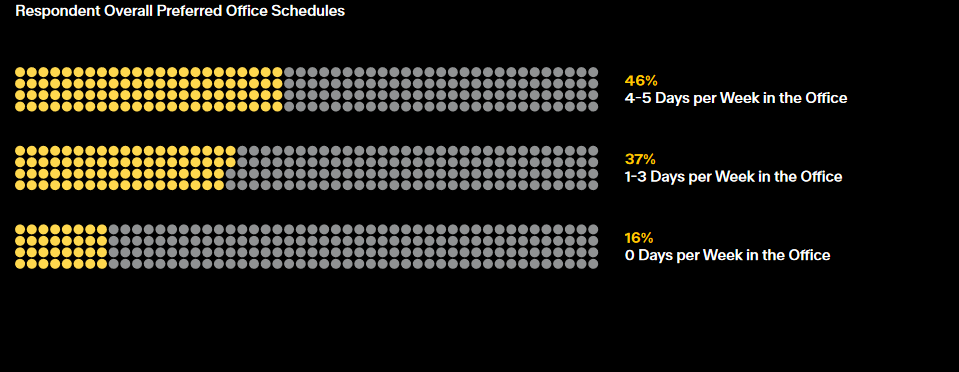
The report findings show that an employee’s career stage significantly influences their preference for in-office work. The part of the country also plays a role.
The survey found that shared spaces, high-end amenities, catered lunches and modern outdoor spaces don’t always align with features and resources that many employees value.
Across generations, dedicated seats and private offices emerged as the most desired motivators, indicating a preference for productivity, efficiency and a sense of belonging—even among Gen Z respondents, the most likely of all surveyed cohorts to value work/play amenities.
Generation X counterparts have a stronger preference for in-office work, with Millennials (46 percent) and Generation X (49 percent) expressing interest in working in-office four to five days a week. Early-stage career employees value a hybrid environment, with 55 percent of Generation Z respondents wishing to work in the office one to three days per week.
By contrast, Baby Boomers had the strongest preference for remote work, representing the highest percentage of fully remote workers (19 percent) and the strongest desire for full-time remote work (23 percent).
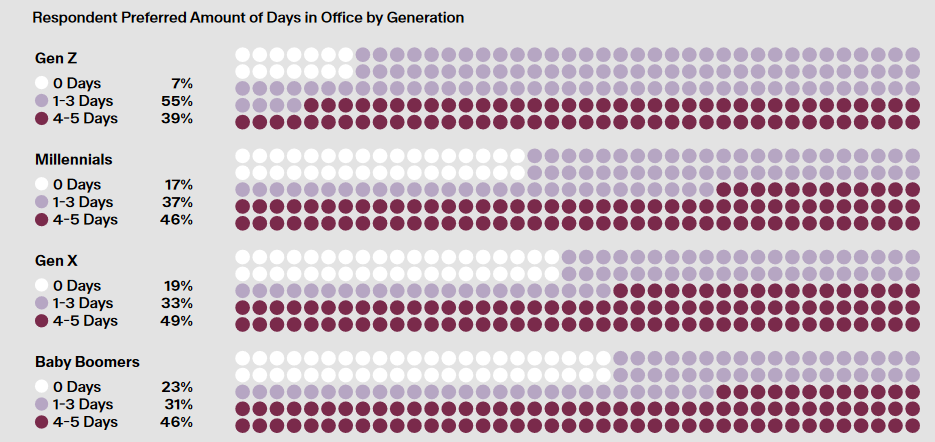
According to the report, all cohorts value shorter commutes; however, employees tend to be more idealistic than realistic. Approximately three-quarters of respondents (73 percent) say they would not consider going into the office if their commute was longer than 45 minutes roundtrip. Travel times this short are tough to find, with roundtrips averaging more than 50 minutes nationally and more than 65 minutes across the 15 largest office markets.
READ ALSO: What’s Your Wellness Action Plan?
Lincoln Property Co. said there is no one-size-fits-all approach to creating a compelling in-office work environment.
“The best way to make smart decisions that encourage office attendance is deceptively simple: ask your employees what they value,” according to the report.
Savvy occupiers seek to understand how their employees prefer to work within the office setting and assess whether changing that environment can better support their key business objectives.
“When considering property size and amenities, solve for the present workforce while refining your equation for the future workforce you desire,” Lincoln advises in its report.
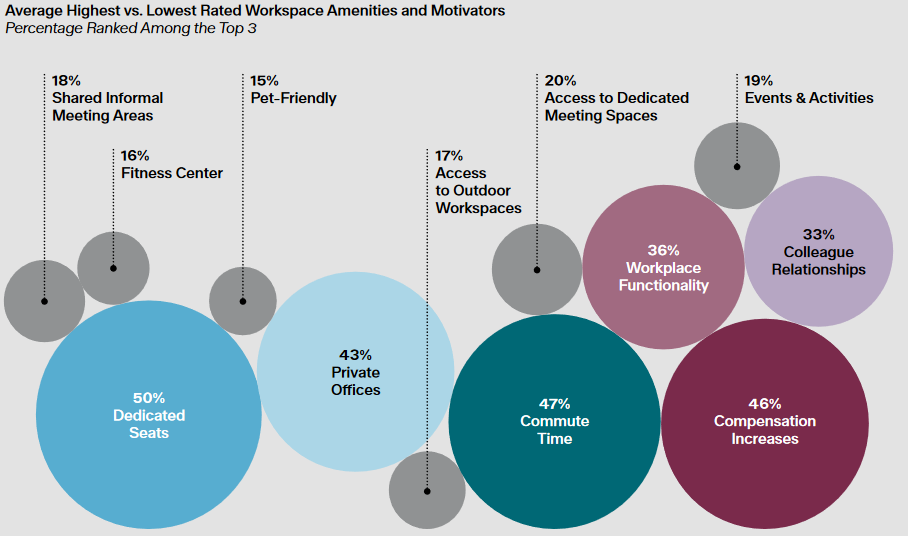
People are a company’s most valuable asset
Industry analysts and operators backed that up.
Mike McDonald, senior managing director & office group leader, told Commercial Property Executive that across the portfolio represented by JLL, there’s been a significant increase in employees returning to the office three to five days a week, with most recent employer mandates closer to four to five days a week.
“The most valuable asset in an office building is its people,” McDonald said. “We believe that it will take two more bonus periods for employees to fully grasp the benefits of being in the office, and we are just six to nine months away from the second period.”
According to McDonald, the balance between employers and employees is shifting, with the employer gaining more influence. “Our data from leasing and management supports the claim that office occupancies are rapidly increasing, and we expect this trend to continue over the next 12 to 18 months. This shift is crucial for companies to thrive and employees to feel valued and succeed in their careers. Corporate America has sent a clear message, and the workforce embraces it.”
WATCH NOW: Brace Yourselves for a Full Return to the Office by 2028
Albert DePlazaola, senior principal, Strategy, Americas at Unispace Group, told CPE that employees are feeling more productive and doing more focused work in the office this year when compared with last year, according to Unispace’s forthcoming 2024 global workplace insights survey. This underlines the importance of flexible design that caters to various working styles, from individual to collaborative.
“Many global employees say they are satisfied with their current working arrangement, which shows that employers are actually listening to what employees want,” DePlazaola said. “By addressing space challenges in the workplace, leaning into flexibility and meeting the modern needs of the workforce, businesses can create high-performance workplaces that make employees actually want to come into the office.”
Attention to environmental issues makes a difference
Brian Haines, chief strategy officer for FM:Systems, told CPE that “the companies that are winning at the’ future of work’ can deliver workplace experiences that are not only responsive to their employees’ evolving needs and preferences but also themselves and the environment.”
He added that the best way to achieve this involves regularly collecting cold, hard, accurate data that provides rich insights into workplace occupancy, utilization, energy consumption and occupant comfort.
Haines said an office’s location, size and design elements can also have a big impact on making it a productive and inspiring place where people want to work.
In May, Haines’ company relocated and downsized its dated and underutilized Raleigh FM:Systems headquarters to a mixed-use development with walkable amenities like coffee shops, restaurants, fitness studios and outdoor spaces.
With the help of Little, an architecture and design partner, and JLL project management, an office was created that was designed for flexibility. It features several collaborative spaces, including huddle rooms, conference rooms and movable furniture—all of which can be reserved.
“Ultimately, the most successful workplaces are those that continuously evolve based on data-driven insights, creating high-performing offices that are healthy for the people who use them and the planet,” Haines said.
R-Zero CEO Jennifer Nuckles told CPE that owners and operators must continue to find effective ways to improve overall building performance and incentivize employees to return to the office—ideally, at the same time.
“We’re seeing a flight to quality among employers today to agile workspaces that offer better and healthier environments, with employee comfort and wellness top of mind. Improving various measurements of Indoor Air Quality (IAQ) and Indoor Environment Quality (IEQ) contribute greatly to higher employee satisfaction and performance in the workplace,” she said.
Workers thrive through socialization
Tere Blanca, founder, chairman & CEO of Blanca Commercial Real Estate, told CPE there’s a continued trend of large companies relocating to top Class A office projects that offer experiences and amenities easily accessible on-site, such as tenant lounges, lobbies with cafes and ample Wi-Fi-connected seating areas, gyms with and a variety of fitness classes, on-site and nearby restaurants and in-demand childcare facilities.
“This motivates employees to return to the office. Employees appreciate the ability to walk to quality restaurants during lunch breaks, have convenient access to coffee or snacks throughout the day, and even enjoy shopping or fitness facilities within their office building,” she said. “When companies offer these conveniences and comfort, workers are more inclined to work in-person, allowing them to focus on what truly matters—collaboration and delivering their best work.”
Pierre Debbas, Esq., co-founder of Romer Debbas LLP, told CPE that remote work has declined over the past year, “but the hybrid model is here to stay. Employees enjoy flexibility, but the socialization component, collaboration, training and company culture are all compromised in a predominant remote workforce. Luckily, the workforce is finally coming to realize this which is helping increase office attendance.”
READ ALSO: Creating the Ultimate Employee Experience
An estimated 80 percent of companies have adopted the hybrid work style, illustrating that employees still value in-person work, according to Justin Bedecarre, co-founder & CEO of Raise Commercial Real Estate. He told CPE that deeper factors like belonging, community and leadership proximity drive this preference beyond surface-level benefits.
“Comfortable and highly amenitized offices offer focus and reduced cognitive load,” he said. “In-person work accelerates projects through real-time collaboration and spontaneous interactions, boosting efficiency and decision-making.”
After all, “People crave social interaction, collaboration and the chemical balance that goes along with human interaction,” Alexis Krisay, owner of Serendipit Consulting, told CPE. “Virtual meetings and video calls cannot fully replicate the spontaneous conversations and brainstorming sessions that often lead to innovative ideas and problem-solving.”
She added that “being virtual also tends to mess with human emotions because we lack the observance of non-verbal communication, which plays a significant role in how messages are perceived and affect our feelings. Solely relying on written communication can be daunting.”
According to Krisay, many younger employees want to visit the office for proper mentorship and guidance. “These employees missed years of in-person collaboration in college and are craving the endorphins and oxytocin release that face-to-face interactions stimulate.”
She added that oxytocin is known as the “bonding hormone,” and it is associated with feelings of trust, empathy and social bonding.
It’s all about the working space
Ralph Zucker, the founder & CEO of Bell Works Chicagoland and Bell Works NJ, told CPE that “rather than confining employees within solid office walls, creating light and airy spaces using glass allows them to sense others walking around them, get insight into what is going on outside of the room they are in, and feel connected to the bustling activity outside.”
Grant Bollman, senior associate, Lee & Associates of Illinois, told CPE, the largest factor driving attendance and satisfaction in a post-COVID office environment is the ability to work in communion with peers with the option to isolate at key times from sound and distraction.
“The building absolutely matters,” Bollman said. “The two core denominators are the presence of space to focus and a communal outlet surrounding their work.”
“It’s crucial not to overlook the social dimensions of the workplace, especially for Millennials and subsequent generations who are still shaping their lives. While Gen X and older employees value the flexibility of hybrid work, younger employees miss out on the social interactions that come with commuting to an office and engaging in spontaneous encounters. This shift has also impacted their finances, as they compensate for lost social opportunities with gym memberships, social club memberships, dining out and more.”
Ricardo Nabholz, managing associate, Studio Creative Director, TPG Architecture, told CPE that landlords are increasingly investing in building amenities, creating more upscale spaces where tenants can work out, socialize or relax.
READ ALSO: As Office Pipeline Shrinks, Existing Class A Buildings Should Benefit
“As employees return to the office, there’s a growing demand across all generations for spaces to step away from their open workstations,” he said. “This has led to a rise in small rooms designed for two to three people, providing spaces for calls or focused work.”
Samantha McCormack, managing executive, TPG Architecture, told CPE that “people are eager to come to the office for mentorship in a more natural, osmosis-like way. They love learning from each other just by being in the same room rather than setting up Zoom calls.”
“While some of our senior staff have recognized this for a while, everyone is starting to appreciate it more now. Creating spaces where people can focus in an open environment, combined with smaller spaces and cozy spots for one-on-one mentoring, will help meet this need,” she added.
Sonnet Hui, vice president and Los Angeles general manager, Project Management Advisors Inc., told CPE that food options are the top draw in her office.
“Having different food options at and around the office was critical,” Hui said. “We buy lunch for the office on Fridays, and that is the day we usually get a full house. Our office also offers a variety of healthy drinks and snack options.”


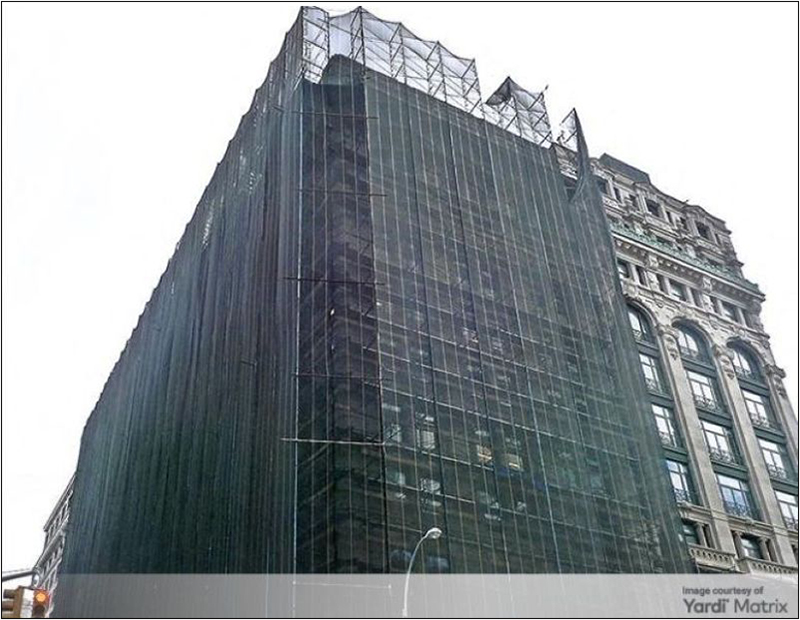
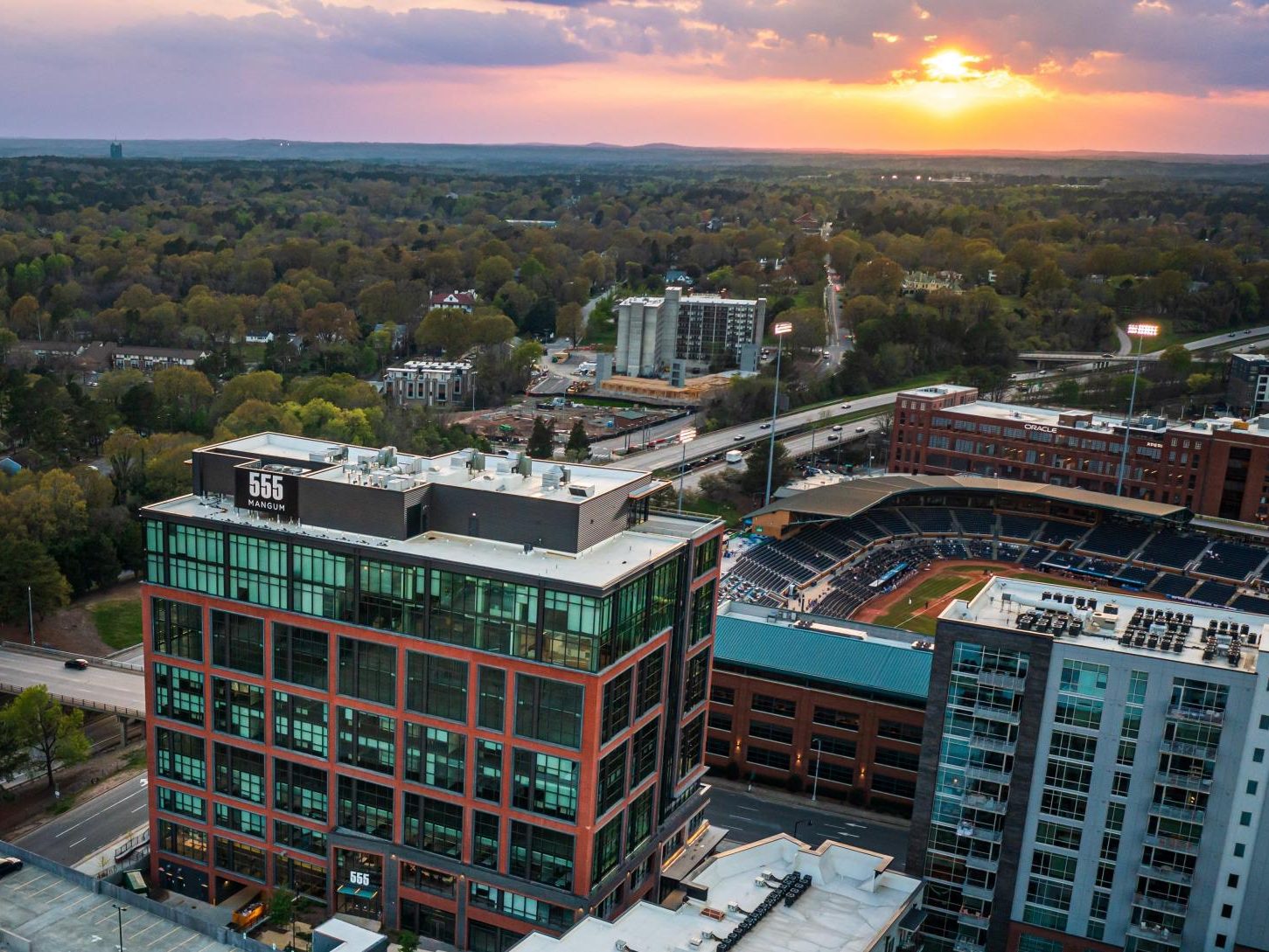
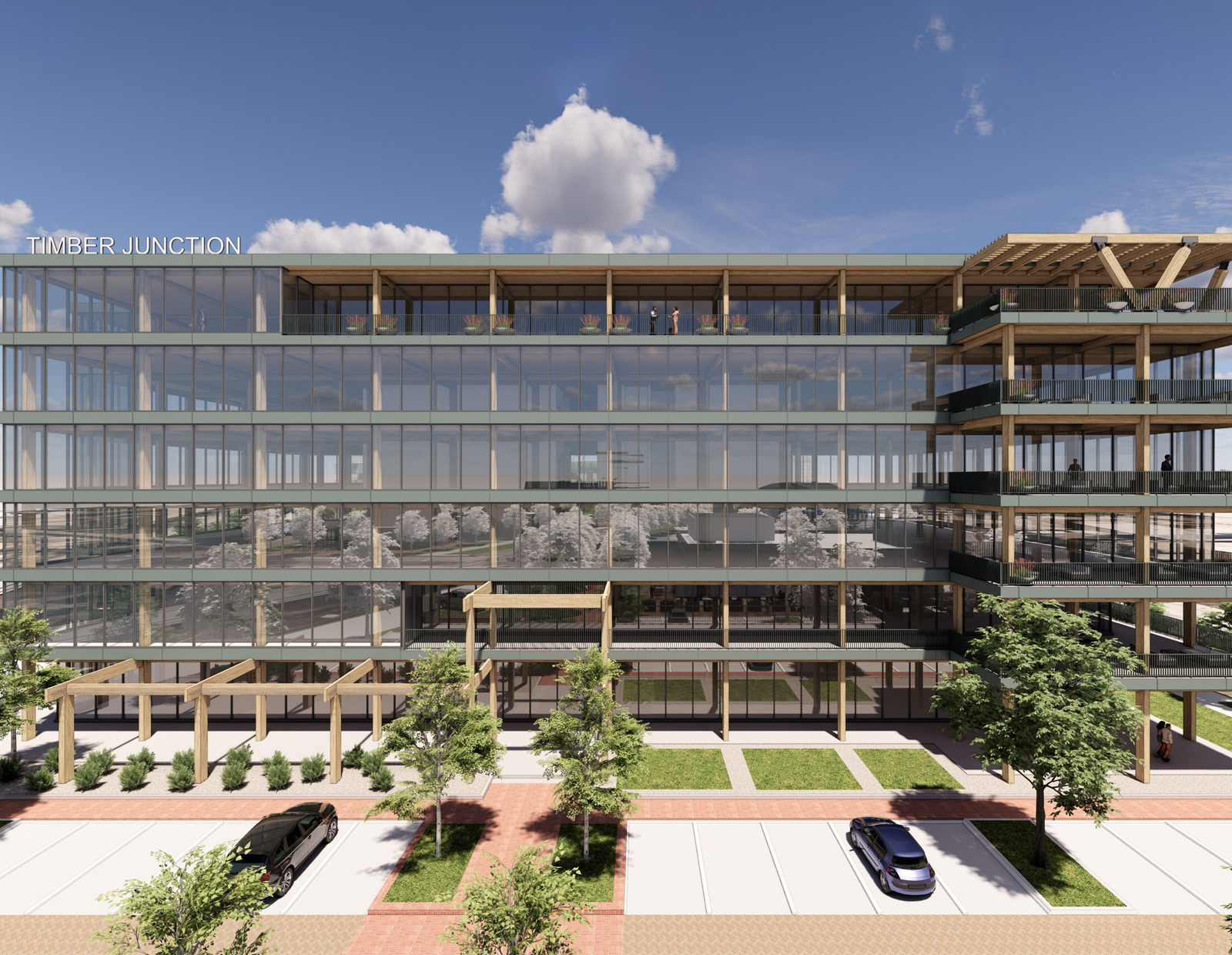
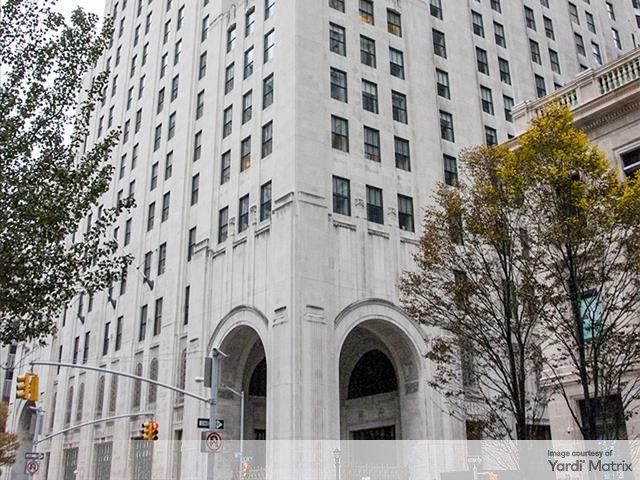
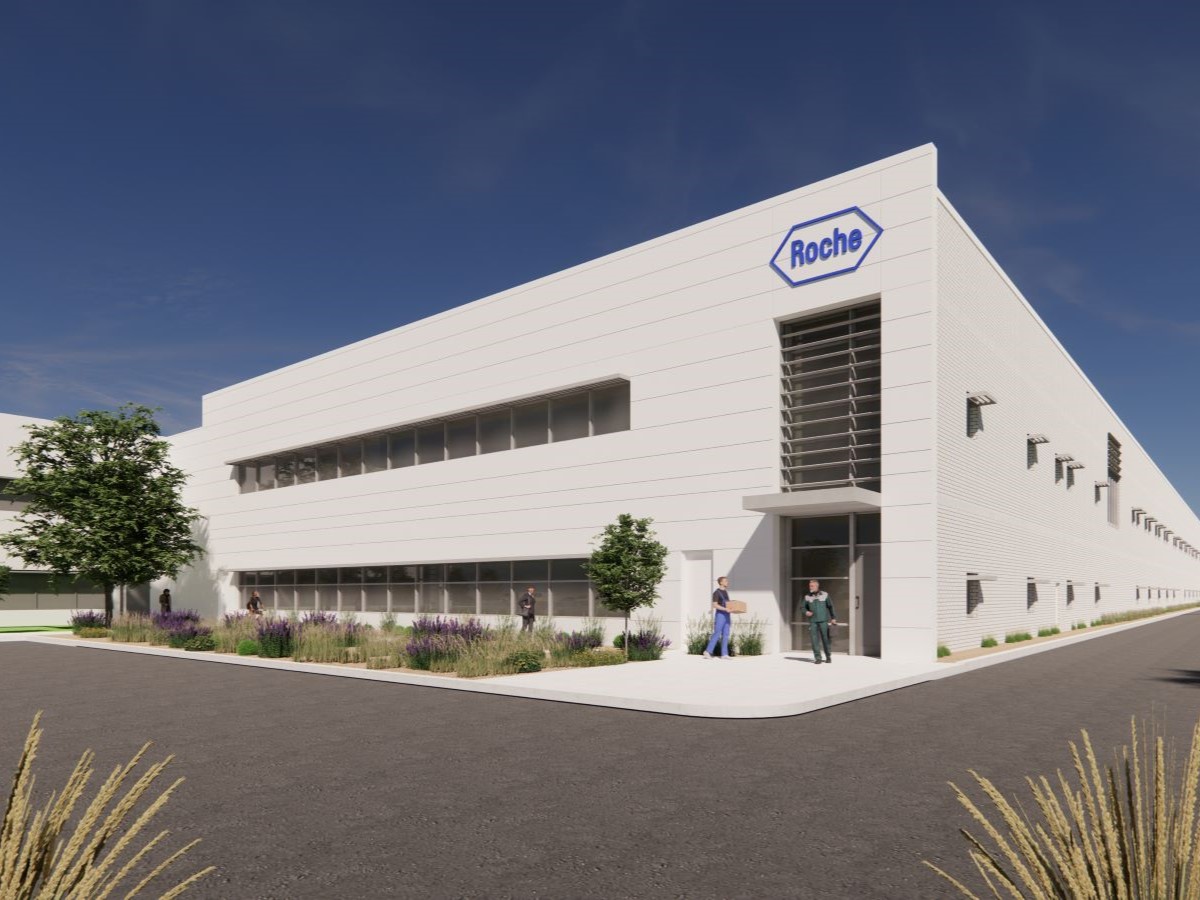
You must be logged in to post a comment.